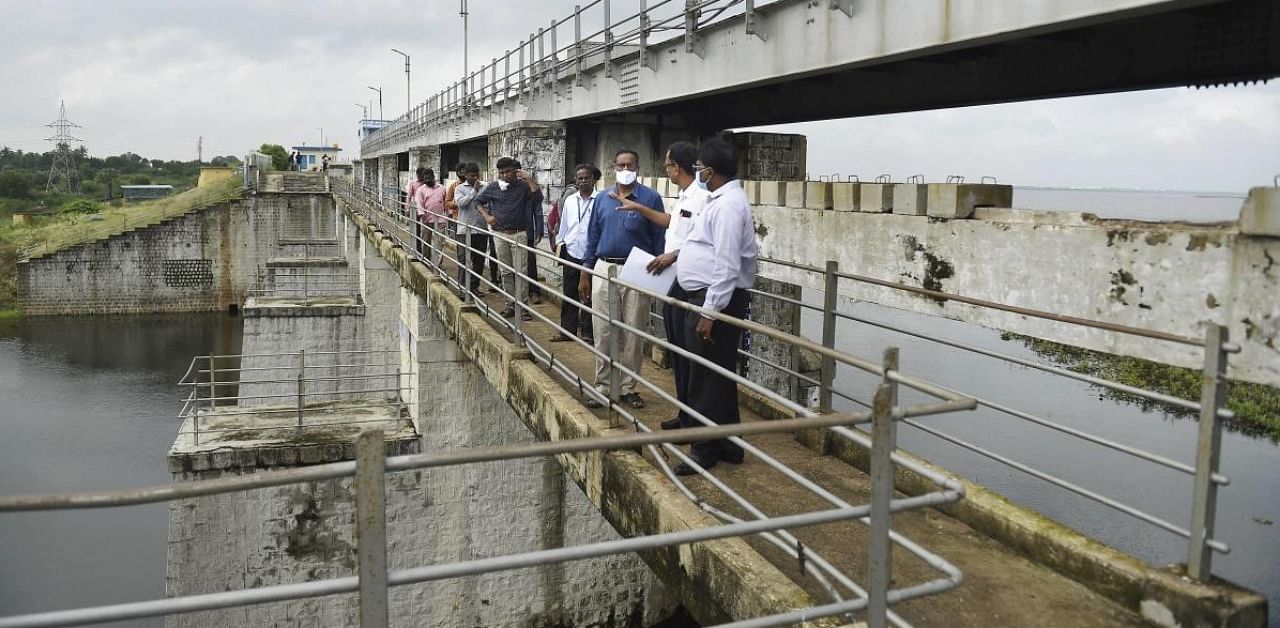
For the first time after the unprecedented 2015 floods, the gates of the Chembarambakkam Lake, a major source of water for this metropolis, were opened on Wednesday as water level continued to rise due to heavy rains lashing the catchment areas since Tuesday.
Though releasing of water from a reservoir is common, Chennaiites fear Chembarambakkam, as it is widely believed that huge amount of water released from the lake, located 30 km away from the city, was responsible for the floods that swamped the city five years ago.
The fear was compounded as a circular from the Centre warned that the catchment areas of the lake might receive 20 cm rainfall in the next two days.
The news that the gates of the lake were being opened brought back the chilling memories of 2015 floods that cut off the city from the rest of the state for a few days in December that year. Over 300 people died during the flood, which was unprecedented as road, rail and air traffic came to a standstill for days together.
However, the government assured there was no need to panic as authorities from the Public Works Department (PWD) will regulate the release of water and make periodic announcements about the amount of water being released.
To instil confidence in people, Chief Minister Edappadi K Palaniswami drove to the lake and conducted an inspection. In the morning, authorities released 1,000 cusecs of water, which was gradually increased to 5,000 cusecs at the time of going to press.
Palaniswami also assured people there was no need to panic over the release of water from the lake, but asked people living in low-lying areas on the banks of Adyar River to move to safety.
Greater Chennai Corporation asked people living in the aforementioned areas to come to relief centres.
The Public Works Department (PWD) said according to protocol excess water will be released once the water level reaches 22 feet as against the full reservoir level of 24 feet. Chief Secretary K Shanmugam said the level of water released from the lake will depend on the inflow. “If the inflow is less, there will be less outflow or no outflow,” he said.
Drainage congestion, encroachments in lakes and river channels, and large releases from storage reservoirs like Chembarambakkam, besides heavy rainfall were some of the reasons cited by a Parliamentary Committee for the 2015 floods that left a permanent scar on the residents.